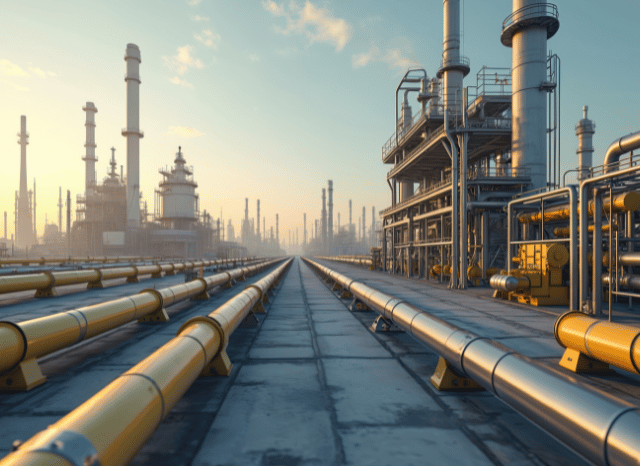
Oman, Germany, and the Netherlands have signed a groundbreaking settlement that can reshape Europe’s Power landscape, ushering in a different period of eco-friendly hydrogen imports from the Middle East.
A Daring transfer in the worldwide Electrical power changeover is having form among Oman and Europe. A historic settlement signed previously this yr paves the best way for one of many environment’s very first huge-scale hydrogen corridors—linking Oman’s huge renewable assets to Germany’s industrial hubs by using the Netherlands.
The Main of this initiative is eco-friendly hydrogen—produced by splitting h2o by electrolysis driven by solar or wind Power. This form of hydrogen has captivated world wide fascination for its likely to decarbonise sectors that happen to be normally challenging to electrify, together with significant transportation, steel creation, and Power storage.
Oman, leveraging its sunny local climate and bold countrywide approach, aims to be a prime international exporter of eco-friendly hydrogen by 2030. Forecasts counsel the region could produce as many as one million tonnes of green hydrogen on a yearly basis by the top from the ten years. A critical element of the plan includes liquefying the hydrogen here to aid abroad transportation.
Enter the hydrogen corridor: a prepared maritime and logistics route ranging from the port of Duqm in Oman, extending towards the ports of Amsterdam and Duisburg. Specialised cryogenic tankers, much like All those Employed in LNG transportation but tailored for hydrogen’s A great deal reduce temperatures, will carry the fuel. European ports are currently getting ready the necessary infrastructure to receive, shop, and distribute more info the cargo.
This corridor is not only a logistical feat—it’s a strategic one. For Germany, that check here is trying to lessen dependence on fossil fuels and diversify its Strength mix, the imports could assist meet its focus on of bringing in 10 million tonnes of renewable hydrogen by 2030. The corridor also aligns with broader EU sustainability objectives and industrial decarbonisation endeavours.
The challenge’s significance lies not just in its scale, but also in its replicability. Like LNG right before it, liquid hydrogen could shortly move across continents, breaking totally free from the restrictions of mounted pipeline networks. And Oman isn’t alone. Other get more info initiatives—for instance Spain’s Basque Hydrogen Corridor along with the Central European Hydrogen Corridor—can also be setting up the backbone of a upcoming hydrogen financial state.
The Basque project focuses on integrating output, distribution, and industrial use inside northern Spain. Meanwhile, the Central European route designs to repurpose existing gas pipelines to carry hydrogen from Eastern Europe to Germany, even more cementing the location’s role inside the hydrogen changeover.
If thriving, these endeavours could mark a major milestone in decarbonising Europe’s hefty industries and transport networks—powered from the Sunlight and wind of distant deserts.
Comments on “From Desert to Port: How Oman's Environmentally friendly Hydrogen Could Power Germany’s Future”